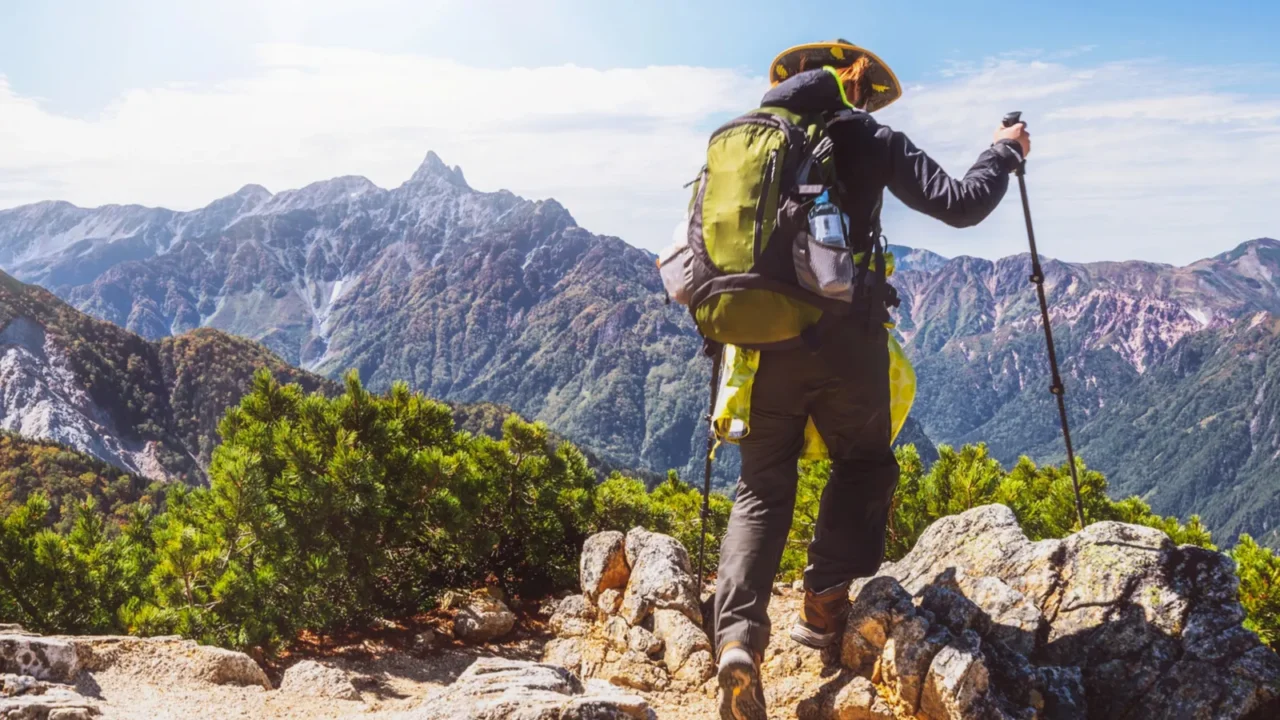
Why solo climbing is taking off
It might sound surprising, but more people in Japan are heading into the mountains completely alone, even though almost 40% of mountain accidents involve solo climbers. Something about being out there with nothing but the wind, the trail, and your own thoughts feels freeing in a way everyday life rarely allows.
Social media has only made this trend stronger, with climbers posting stunning views, campsite meals, and emotional moments from their journeys. Those short clips and heart-racing summit shots make solo climbing look like the perfect escape, and it’s pulling in everyone from beginners to seasoned hikers.
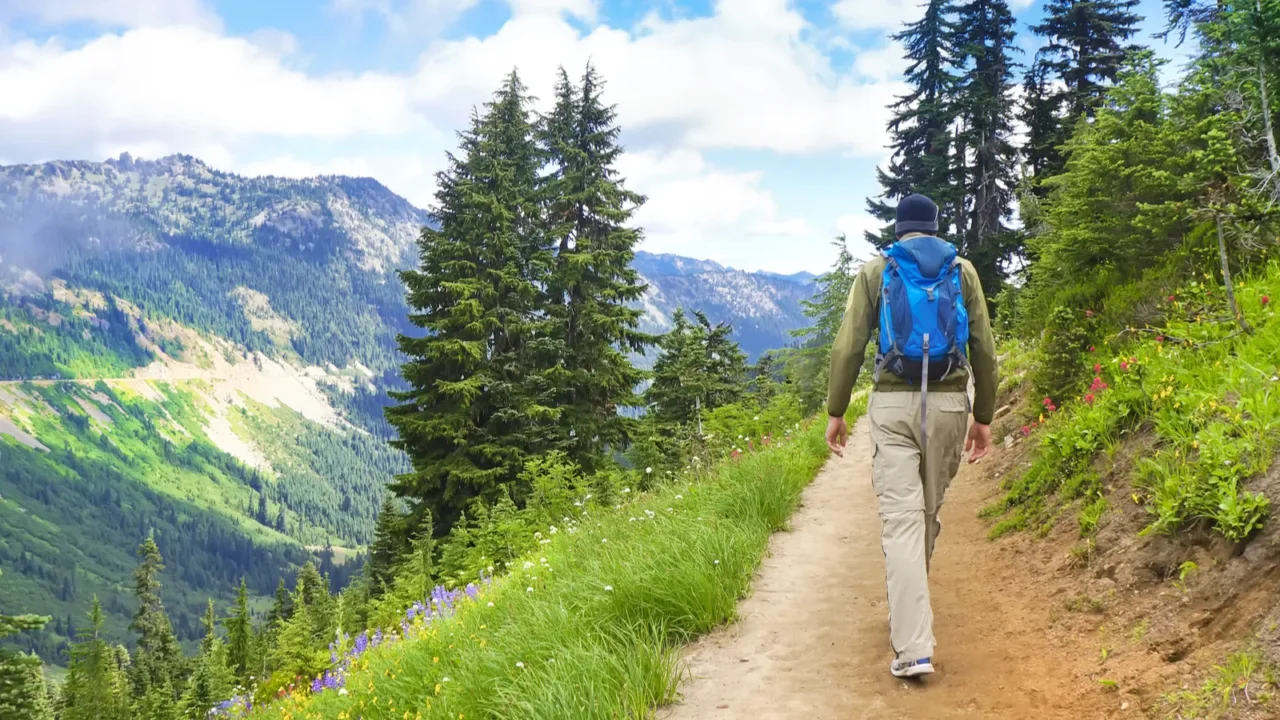
The pull of peaceful solitude
More climbers say they’re craving quiet time away from crowds, screens, and constant noise. Being alone on a trail gives them a break from pressure and lets them reset their minds in a way daily life never does.
They feel a strong sense of calm when the only sounds are wind and birds. That calm lets them think clearly, slow their breathing, and savor moments they rarely experience in daily life.
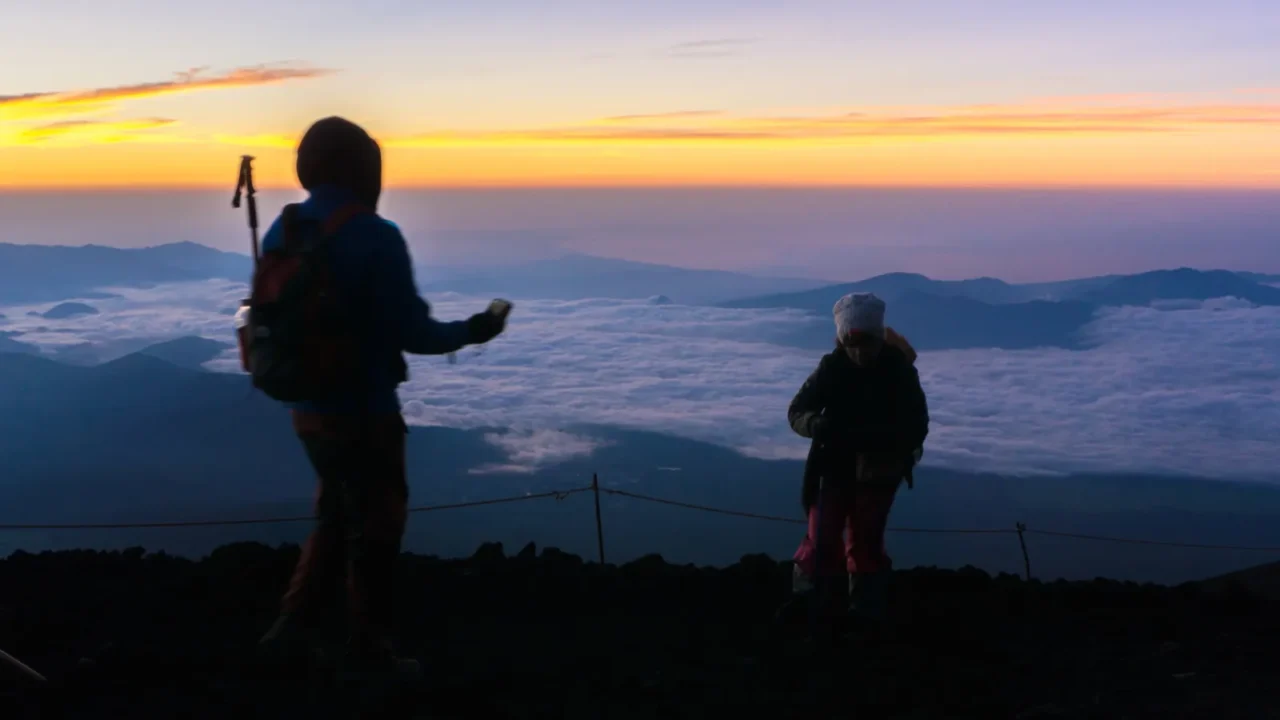
Social media makes it look magical
Videos of misty ridgelines, sunrise peaks, and tent meals are everywhere online. Those clips make solo climbing look adventurous, beautiful, and within reach.
Many people discover the hobby through YouTubers who film every step of their journey. Seeing someone climb alone and feel proud at the summit makes viewers want to try it for themselves.
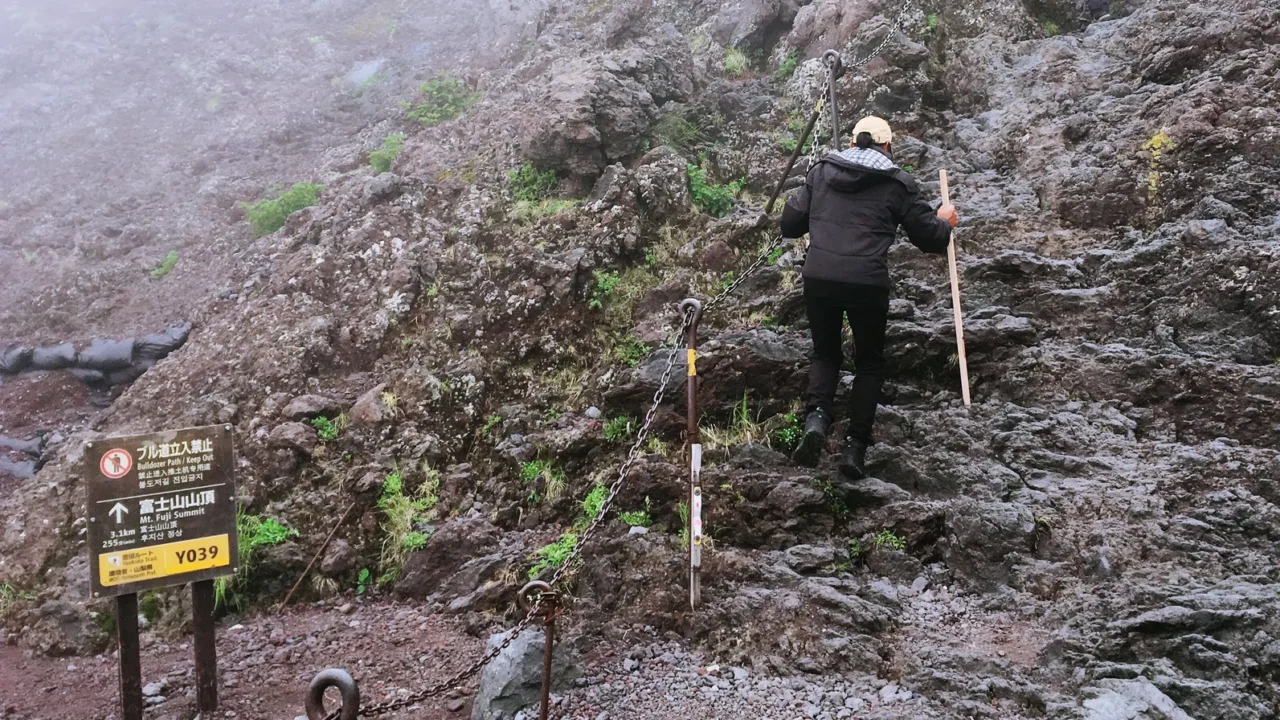
The freedom to move at your pace
When you climb alone, you choose your pace, your breaks, and your route. There’s no pressure to keep up with faster friends or slow down for beginners. You get to listen to your own body instead of matching someone else’s plan.
That freedom feels refreshing, especially for people who love planning or need time alone to recharge. It turns the whole climb into a personal adventure. Every decision becomes part of the experience instead of something negotiated with others.
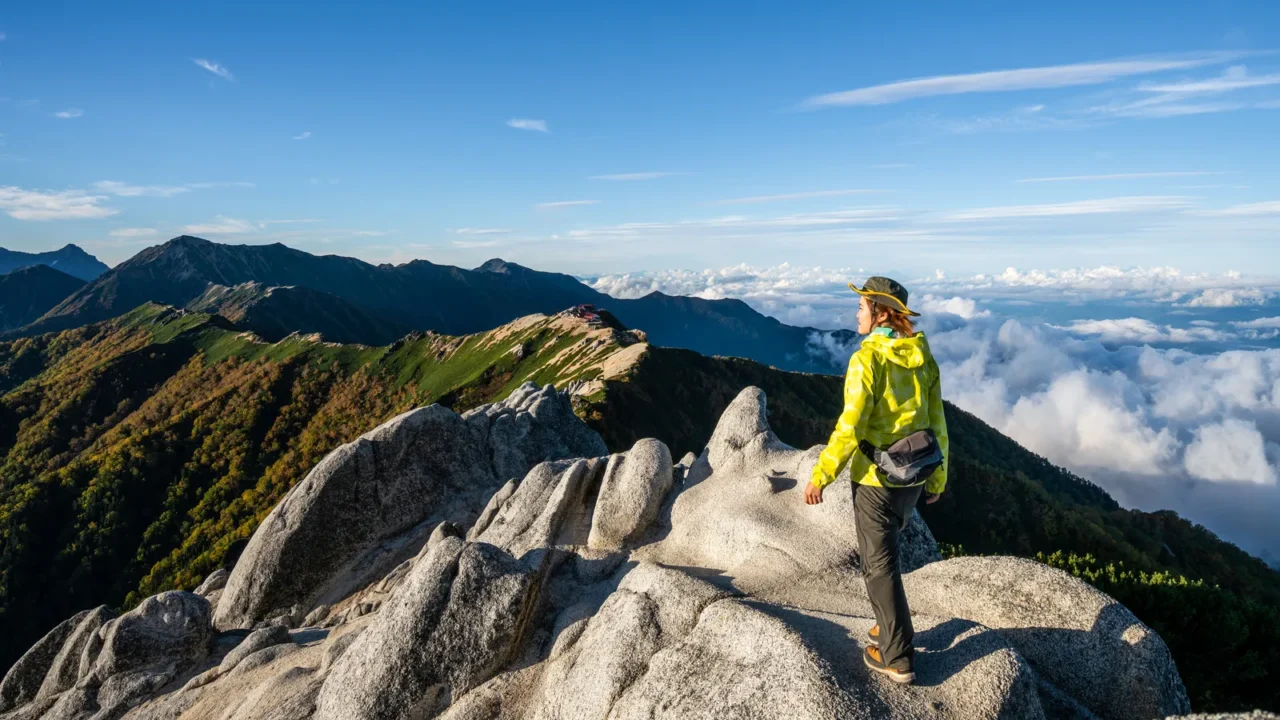
A strong sense of accomplishment
Reaching the top completely on your own feels different. Solo climbers talk about a wave of pride that hits the moment they step onto a summit they tackled by themselves. It’s a confidence boost that stays with them long after they come down.
Even small victories—setting up camp, crossing a rocky patch, or finding the right route—feel meaningful. That personal growth is one of the biggest reasons people keep going back. They learn something new about themselves every time.
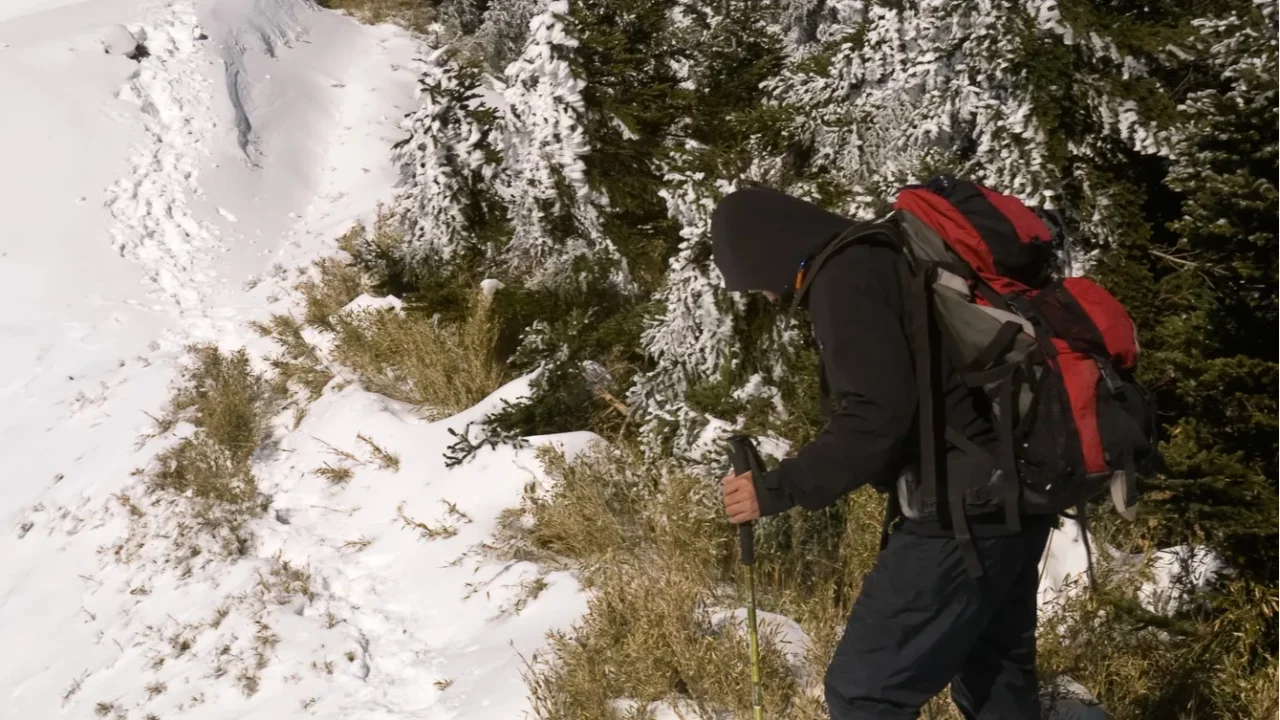
The rise of low-mountain adventures
Japan’s “low mountain boom” opened the door for beginners. These smaller, easier peaks let people try solo climbing without needing extreme skills. They create a safe place for learning and building confidence.
The mountains are close to cities, easy to reach, and perfect for day trips. That convenience helps more people build confidence before moving on to tougher climbs. It turns climbing into something you can do regularly, not just on special trips.

The lingering impact of the pandemic
When social contact dropped during COVID-19, many turned to nature for comfort. Hiking became one of the few safe activities, and solo climbing felt even more natural. It became a routine that people looked forward to when everything else felt unstable.
Even after restrictions eased, that habit stayed. People realized climbing alone helped them relax and gave them something to look forward to on weekends. It became a hobby tied to healing, not just exercise.
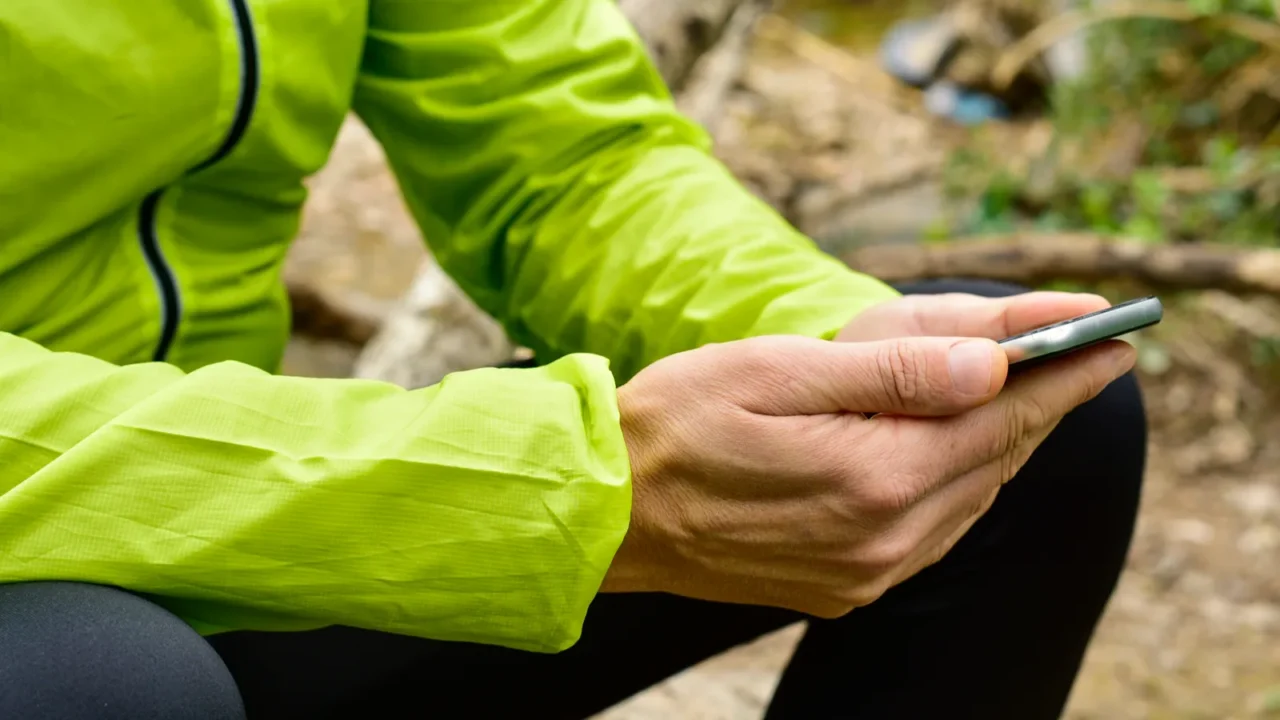
Gear and apps make it feel safer
Modern hiking apps show maps, trails, and emergency locations, making it easier for solo climbers to plan. Some apps even track your route and share your location with family. These tools reduce a lot of the anxiety beginners feel.
Better boots, lighter backpacks, and improved rainwear also make climbs more manageable. When the gear feels reliable, the idea of going alone feels less intimidating. It helps people trust their ability to handle the trail.

The thrill of relying on yourself
Solo climbers enjoy testing their own judgment and skills. Choosing the path, watching the weather, and dealing with surprises make the climb feel like a personal mission. It’s a challenge that feels exciting instead of scary.
That sense of responsibility can be exciting. It pushes people to prepare better and trust their instincts more with every adventure. They start appreciating how capable they really are.
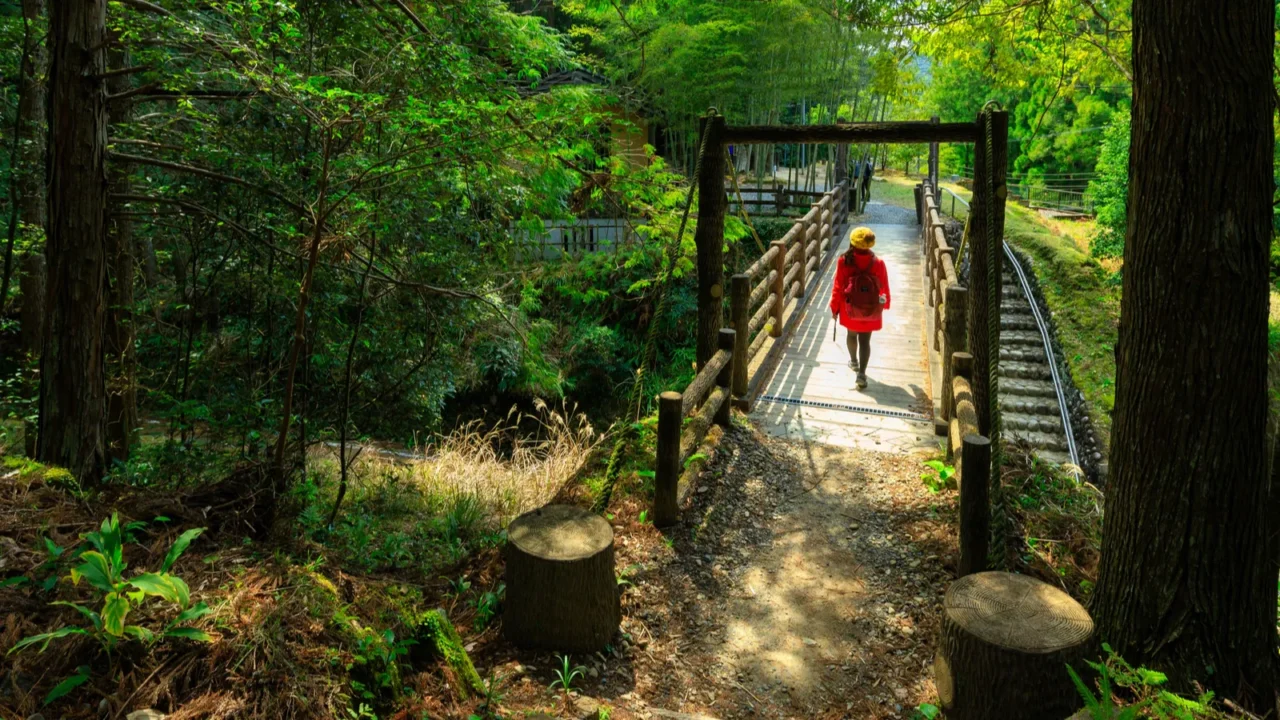
A deeper connection with nature
Walking alone makes every sound sharper and every view stronger. Solo climbers say the forest feels bigger, the air feels cleaner, and the silence feels almost emotional. It slows everything down in a good way.
Those quiet moments help people feel connected to something outside their busy lives. It turns the climb into more than exercise—it becomes a grounding experience. That connection often becomes the reason they return again and again.
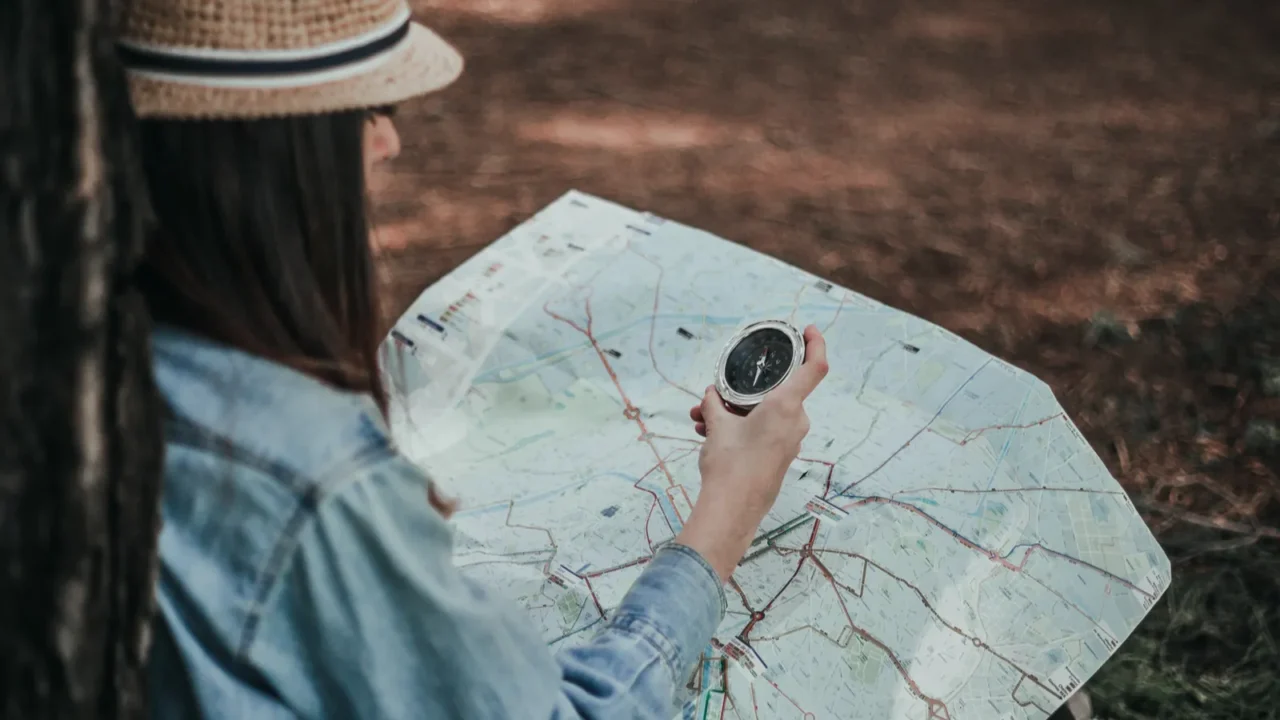
Learning from close calls
Many solo climbers started taking safety seriously after a scary moment. One wrong turn or slip can change the way they think forever. Those experiences stick with them and shape how they prepare.
Instead of quitting, they study maps, practice techniques, and build better habits. That careful preparation makes the hobby feel more rewarding and keeps them coming back. It becomes part of their personal growth.
Looking for winter hike options in the USA? Check out these Colorado trails with jaw-dropping mountain views.

The risks that keep rescuers busy
About 40% of mountain accidents in Japan involve people climbing alone. Getting lost, slipping, or collapsing from exhaustion are common emergencies. Rescuers say many of these situations happen because climbers underestimate the trail.
Even with that risk, the hobby continues to grow because the rewards feel worth it to many climbers. Local rescuers remind everyone to prepare well, know their limits, and never ignore early signs of fear. Their advice helps keep more people safe.
If you’re looking for safe and breathtaking spots for your Japan getaway, check out the top places in mainland Japan every traveler should experience.
Have you ever tried solo climbing, or would you ever attempt it? Share your thoughts in the comments.
Read More From This Brand:
- Step into history, Scotland’s most magnificent castles
- Mallorca’s prettiest hidden village that should be on your bucket list
- Hidden villages in the Swiss Alps where time feels frozen
Don’t forget to follow us for more exclusive content right here on MSN.
This slideshow was made with AI assistance and human editing.